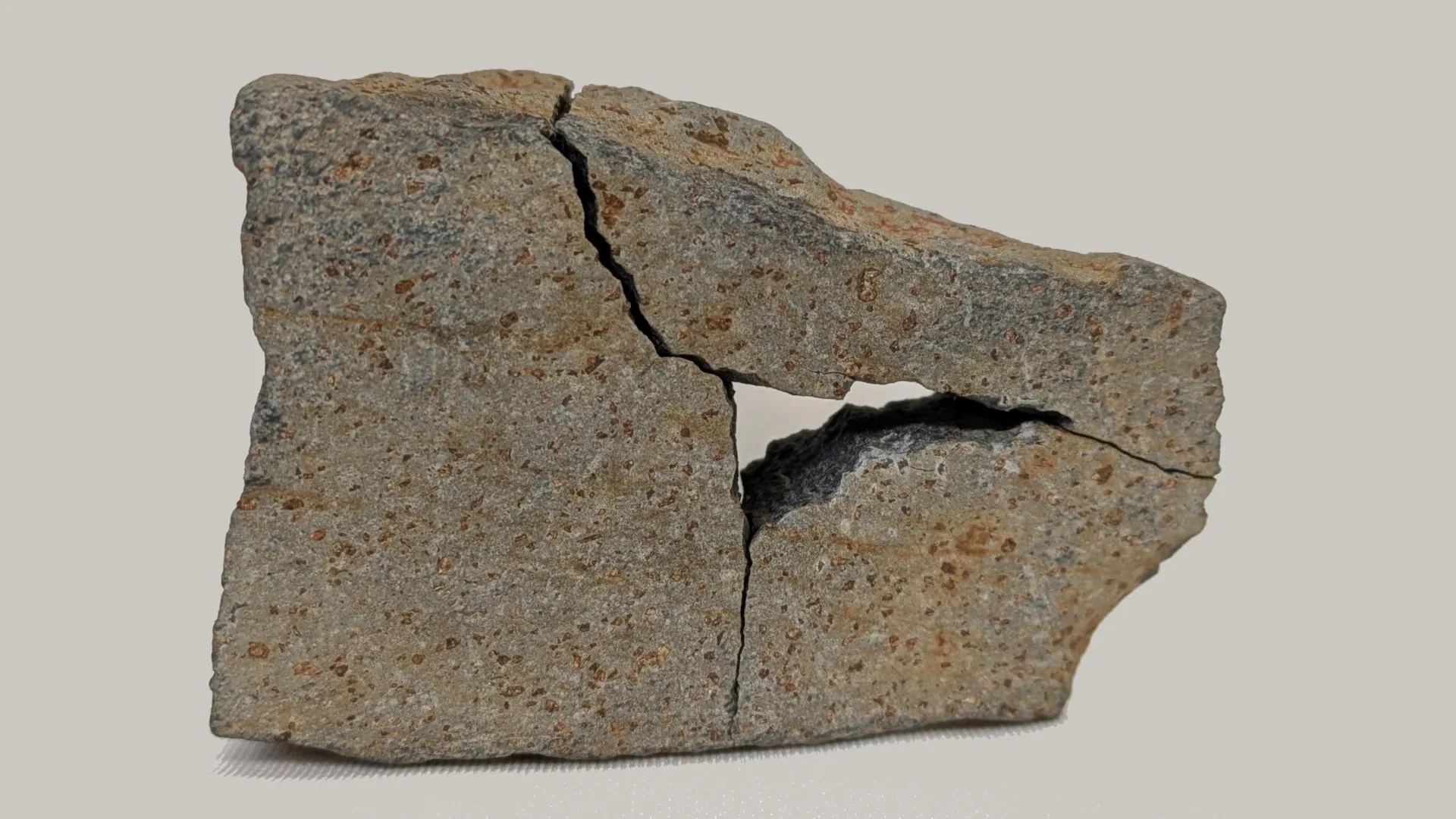Now Reading: Unusual Mars Rock May Hold Clues to Ancient Life
-
01
Unusual Mars Rock May Hold Clues to Ancient Life
Unusual Mars Rock May Hold Clues to Ancient Life

Quick Summary:
- In 2024,NASA’s Mars rover Perseverance collected a unique rock sample named Sapphire Canyon,featuring white spots with black borders amidst red mudstone.
- Researchers from Jet Propulsion Laboratory and Caltech studied a visually similar Earth rock using Optical Photothermal Infrared Spectroscopy (O-PTIR) to assess its submission for the Martian sample.
- O-PTIR uses two lasers to create chemical fingerprints by measuring thermal vibrations and has enhanced spatial resolution for rapid analysis.
- A basalt rock with dark inclusions was analyzed successfully using O-PTIR, showcasing its ability to differentiate materials within complex samples.
- The technology’s speed allows scientists to identify areas of interest for further study, notably regions containing organic materials.
- O-PTIR is exclusive to NASA’s Jet Propulsion Laboratory and has been previously used in other missions like the Europa Clipper launch preparation in 2024.
Indian Opinion Analysis:
The advancements in spectroscopy techniques like O-PTIR have significant implications for planetary science globally, including India’s growing space exploration ambitions under ISRO. As countries strive to uncover extraterrestrial life or understand planetary geology better, precise tools such as these demonstrate how interdisciplinary methods can revolutionize research capabilities beyond Earth’s boundaries.
For India specifically, where missions like Chandrayaan and Gaganyaan aim toward expanded exploration objectives, integrating cutting-edge technologies could strengthen scientific rigor in future lunar or Martian initiatives. Collaborative partnerships between ISRO and global agencies like NASA might also benefit from shared technology access as India builds expertise in planetary sampling through upcoming exploratory pursuits.























